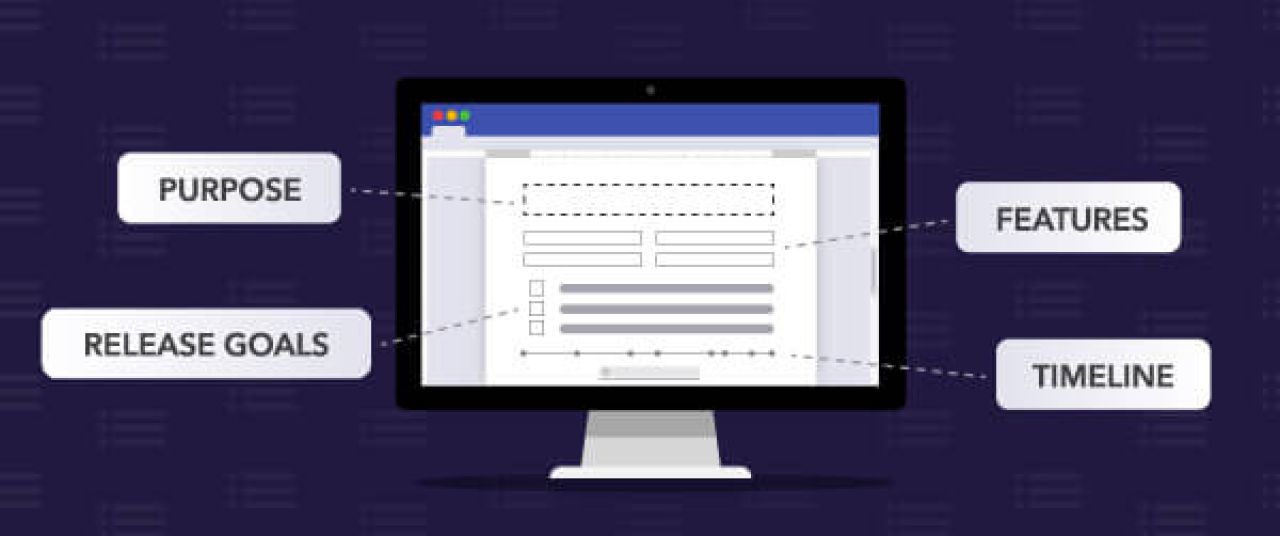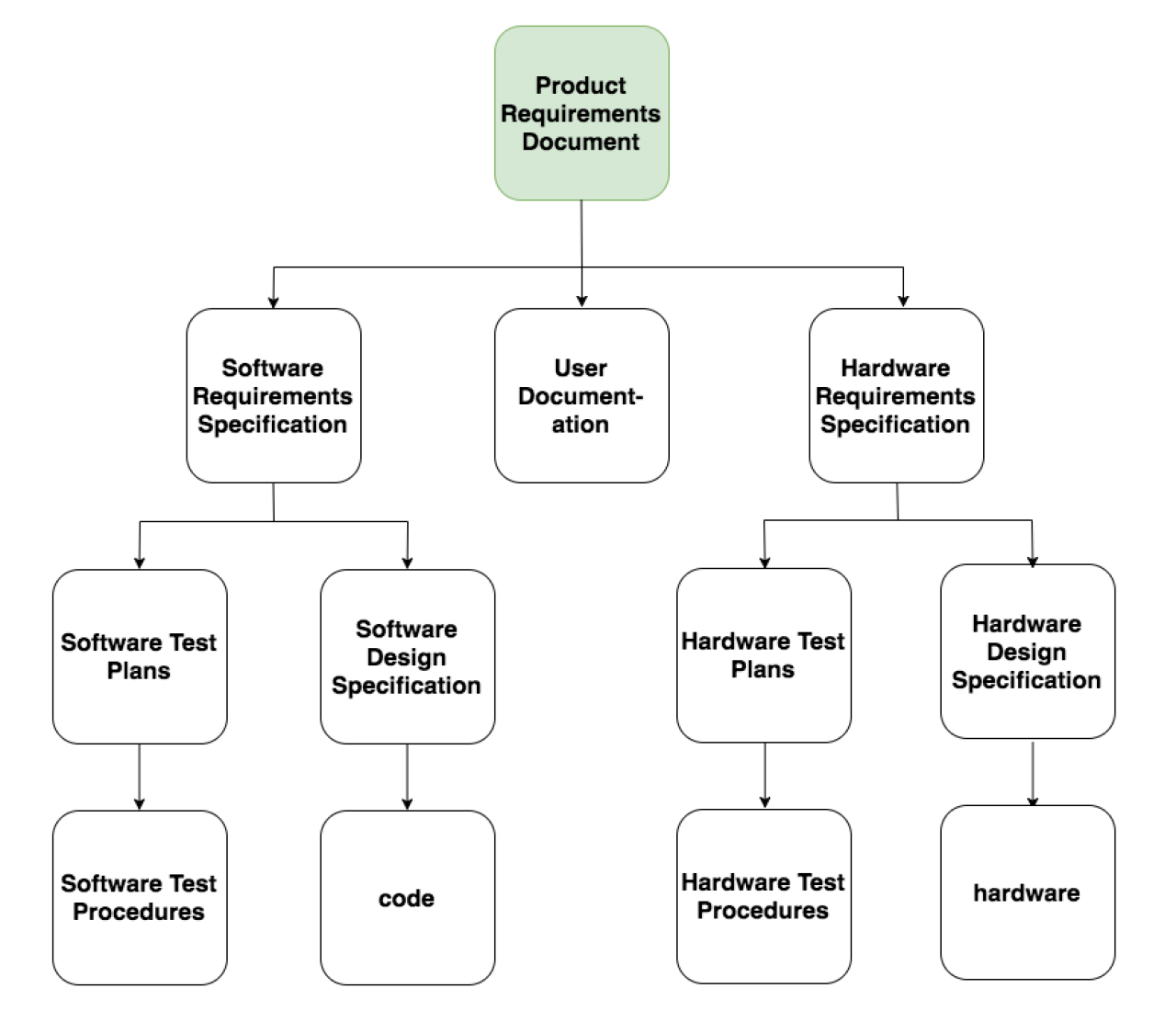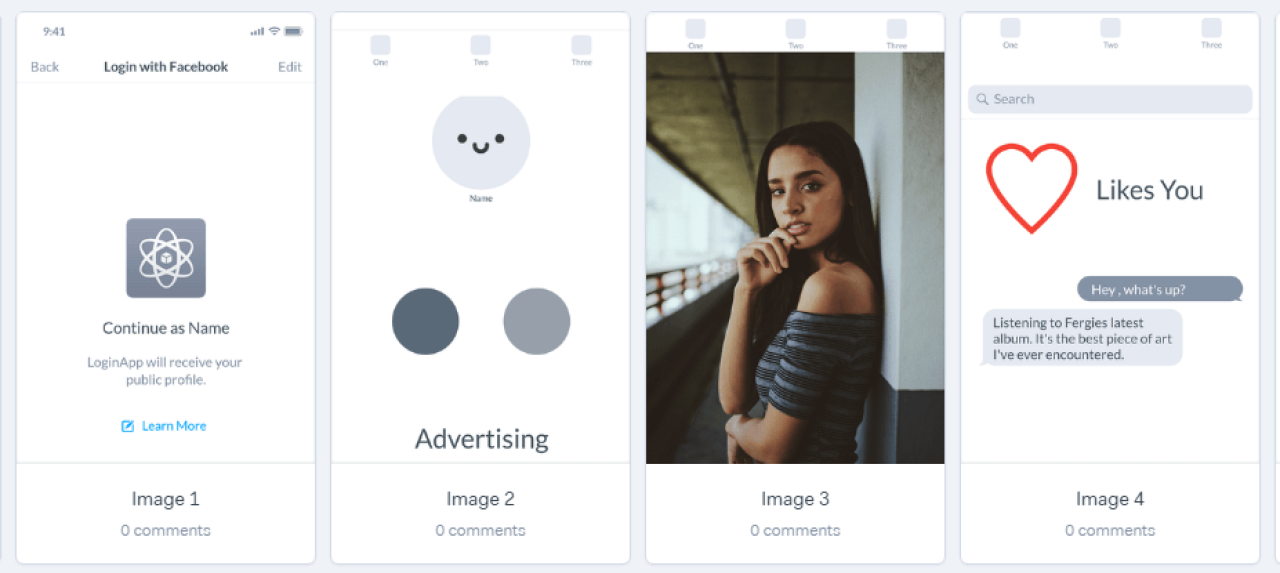How to Write a Product Requirements Document (PRD)

Whether you create a mobile app, a game or a website, give it a little time and you may find your project looking like a mess. It started out simple but evolved into something completely different. But what exactly has happened? You have lost clarity.
To ditch the chaos and give a clear outline to your software product, you may come up with a product requirements document (PRD) for an IT product. The PRD outlines the product’s purpose, its features, functionalities and behavior.
In this article, you will find out how to write a PRD that will be clear to you and the team of developers.
What is a Product Requirements Document?
A PRD is a document or a set of documents that describes the features, specifications and functionality of a specific product, and also states the conditions and stages for design and development.
Companies that take the time to write a detailed outline of their product requirements universally face fewer issues with design and production.
NOTE: There is a difference between the PRD and Market Requirements Document (MRD): the MRD describes the opportunity or market needs, while the PRD deals with a product, which addresses that opportunity.

Who Creates a PRD?
The PRD aims to define the product you want to create: from its purposes to the features and functionality. A PRD is usually created by a client’s team. But if the client doesn’t have a team experienced in defining the requirements, this can be delegated to the developer’s team.
What is the Purpose of a PRD?
Why is a PRD needed? The main purpose of the PRD is to provide every stakeholder with a comprehensive and equal understanding of the product requirements.
This document allows you to save time on endless negotiations, as information is distributed once and for everyone. You don’t have to define requirements for everyone personally.
To avoid the likelihood of confusion or misunderstanding, the data can be recorded in writing form or graphically. Data will also be accessible and clear, even if the handling scheme will be changed during the project.
A well-designed PRD enables mapping out time and efforts wisely and excluding risks.
What Does a PRD Include?
A typical PRD structure depends on the project’s complexity. For example, a mobile app project requires wireframes and prototypes, as these app developers need to know how users interact with the device. ERP-systems information will include prototypes, user stories, data diagrams, etc.
We compiled a list of must-have pieces to keep in mind when you develop your own PRD:
Purpose
The purpose section briefly describes what we want to achieve by implementing a project (increasing profits, expanding coverage, other metrics that are planned to be affected, etc.).
Description
This essential part of the PRD describes all the business logic features and all possible cases. It also includes the design elements and describes all the marks that can be displayed to the user.
Product interface requirements
Note that you don’t have to polish a design. In the beginning, wireframes or sketches would suit your needs.

Dating App Wireframe
Main product’s functionality
In addition, add patterns of user interaction with the product.
A/B Testing Requirements
Before launching new features, you may want to run A/B tests to measure the impact of the change on a small group of users. This section describes all possible test groups and the differences in their logic for a user.
Statistics Requirements
Describe user actions and events that should be monitored (keystrokes, promo screen displays, etc.).
Ways to measure your product success
Determine the criteria that will be used to evaluate the product’s performance.
The total data set, depending on the scope of your requirements, can vary and include nonfunctional requirements, risks, future iterations, etc.
How Is a PRD Compiled?
First, determine the project stakeholders. Once this is done, try to find out their needs: you can conduct stakeholder interviews to draw out the requirements that create real benefits.
After interviews have been conducted, you should prioritize demands and create a set of measurable purposes.
At this point, your set of goals should be recorded in the project plan. It can also be useful to include the needs and expectations of your stakeholders.
Create a list of tasks, and for each one determine the following:
- Time expenditures,
- Responsible persons,
- Amount of effort for each task,
- Delivery dates.
At this point, you could choose to use software such as Trello, OpenProj, Confluence or Microsoft Project to create your project schedule.
Next, identify persons with a leading role in the project: describe their roles and responsibilities on the project. Specify the number and type of people needed to carry out the project.
Create a section showing who is to be kept informed about the project and how they will receive the information.
In addition, it is important to identify risks to your project and add each one to your risk log. Write down what you will do in the event it occurs and what you will do to prevent it from happening. Review your risk log on a regular basis, adding new risks as they occur during the life of the project.
Which are the tools to be used for writing the PRD?
There are several writing tools we can use. But plain old Google Docs does the job even better.
Google Docs enables all stakeholders to review and add comments that can be resolved and debated directly in the document. Google Docs allows you to send updates to relevant participants whenever you make changes.
In addition, you can outline levels of access: edit, comment and read-only. The best choice is only comments-permission.
Are There Any Requirements for Requirements?
Brief and to the point
Describe requirements as briefly and clearly as possible. Omit ambiguous provisions: a person reading the PRD must understand exactly what is written with no room for misunderstanding. Murphy’s law is typically stated as: “Anything that can go wrong will go wrong.” Try to avoid these situations, or be conscious when they occur.
Simplicity and readability
Try to avoid using abstruse turns. There is beauty in simplicity. ☺
Flowcharts
The specification can’t be completed if we don’t know what serves as the input to the described software and what is the output. Every relationship should be clearly charted.
Level of detail
This is a heuristic parameter. It can be defined as follows: if I can freely state information about the functionality and the content doesn’t cause me embarrassment, if the requirements are unambiguous and describe the behavior sufficiently enough for me, then the PRD study can be considered complete.
Some Tips
- Split up all the requirements or group them logically to aid perception and set up priorities.
- Rank your requirements. A simple ranking scale allows your team to prioritize multiple tasks.
- Use consistent terminology. Create a glossary or a style guide if necessary.
- Good requirement statements focus on what the result of the requirement will provide for the stakeholder.
- Be as clear as possible with your requirements and exclude any ambiguities. Try to avoid such phrases and subjective words as “if required,” “wherever possible,” “simple,” “user-friendly,” “approximately” and “and so on.”
- Try to store all the requirements in one place. All project members should be able to reach files from wherever they are. For example, you can use Trello or Microsoft Planner.
- Assign one person to coordinate work on the requirements. Integrity is vital.
- Requirements should be short. Rather than long, drawn-out paragraphs, short statements enable better organization and discoverability within the document.
- Requirements must be feasible. If the technology, budget or business needs aren’t there to support the requirement, the requirement shouldn’t exist.
What Does a Sample PRD Look Like?
Note, there aren’t universal PRD templates for each project: often the template depends on the project implementation approach.
The most popular approaches in software development are Waterfall and Agile.
The Waterfall model implies that all the project stages should be implemented successively. The product requirements are defined at the very start of the project, and the development is not commenced unless they are ready.
To streamline software development processes and to ensure effective project management, software companies use Agile methodology. A highly flexible methodology, Agile means close collaboration between the customer and the contractor and results in the rapid response to change and continuous development.
The Agile model suggests that the project should be divided into several iterations. And each interaction covers a sub-project with all required implementation stages. In this case, the PRD will be cast into an interactive form.
What is our Way to Work?
Our software development planning includes the following steps:
- We determine the general project concept and the intermediate development stages with regard to the wishes of the customer, complexity and purpose of the software.
- We provide an estimate of the required materials, time and resources, and choose the methodology of software development.
- We negotiate the frequency and form of project reports and discuss the safeguards to minimize the possible risks associated with software development.
We use several tools and technical components for quality development in compliance with the requirements and wishes of the customer:
- Mind maps to present a project’s general concept and set the priorities.
- Wireframes and flow diagrams to simplify the visual concept of the future app. They also clarify the way the user interacts with the system.
- ER diagrams to present data structure and relations, which often serve as database prototypes.
Product Requirements Template
We have created an example PRD to help you quickly launch your next project. View the document on Google Drive.
We hope that this article will help you to create your perfect PRD to save you time and money.
If you have any questions and suggestions, feel free to contact us and our consultant will get in touch with you within 24 hours.

 (10 votes, average: 4.70 out of 5)
(10 votes, average: 4.70 out of 5)



ovqutzjac says:
Интересный пост